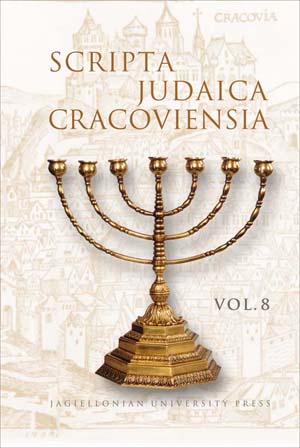Julius Cassianus, Pseudo-Thallus, and the Identity of ‘Cassius Longinus’ in the Chronogaraphia of Eusebius
Julius Cassianus, Pseudo-Thallus, and the Identity of ‘Cassius Longinus’ in the Chronogaraphia of Eusebius
Author(s): Nikos KokkinosSubject(s): Jewish studies
Published by: Wydawnictwo Uniwersytetu Jagiellońskiego
Keywords: Jews; ancient history; chronography; Hellenistic period
Summary/Abstract: Eusebius’ Chronika was a remarkable achievement in the field of ancient chronography, not least as the conclusion of extensive research running since the beginning of the Hellenistic period. It was a double work, composed some time before AD 311 and expanded shortly after AD 325. The first part, now usually called Chronographia, was a detailed introduction, aiming at collecting the raw material from all sources then available, and setting out the plan of the project. The second part, known as Kanones (Chronikoi Kanones), which carried its own preface, was a grand exposition (utilising the data of the first part) in the form of a table consisting of up to nine parallel columns to be read across, thus presenting a synchronistic universal history at a glance.1 Only fragments survive of the Greek original, primarily in George the Syncellus (ca. AD 800) and an anonymous excerptor (known as ‘Excerpta Eusebiana’ from a MS of the 15th century AD). But we have a nearly complete Armenian translation (earliest copy ca. 13th century AD), a Latin translation of the second part by Jerome (with his own preface and extended to AD 380/1), as well as two Syriac epitomes, one of which is believed to have been compiled by Joshua the Stylite (8th century AD), and other witnesses including two very early Arab chroniclers, one being Agapius of Hierapolis, ca. AD 942.
Journal: Scripta Judaica Cracoviensia
- Issue Year: 2010
- Issue No: 8
- Page Range: 15-28
- Page Count: 14
- Language: English

